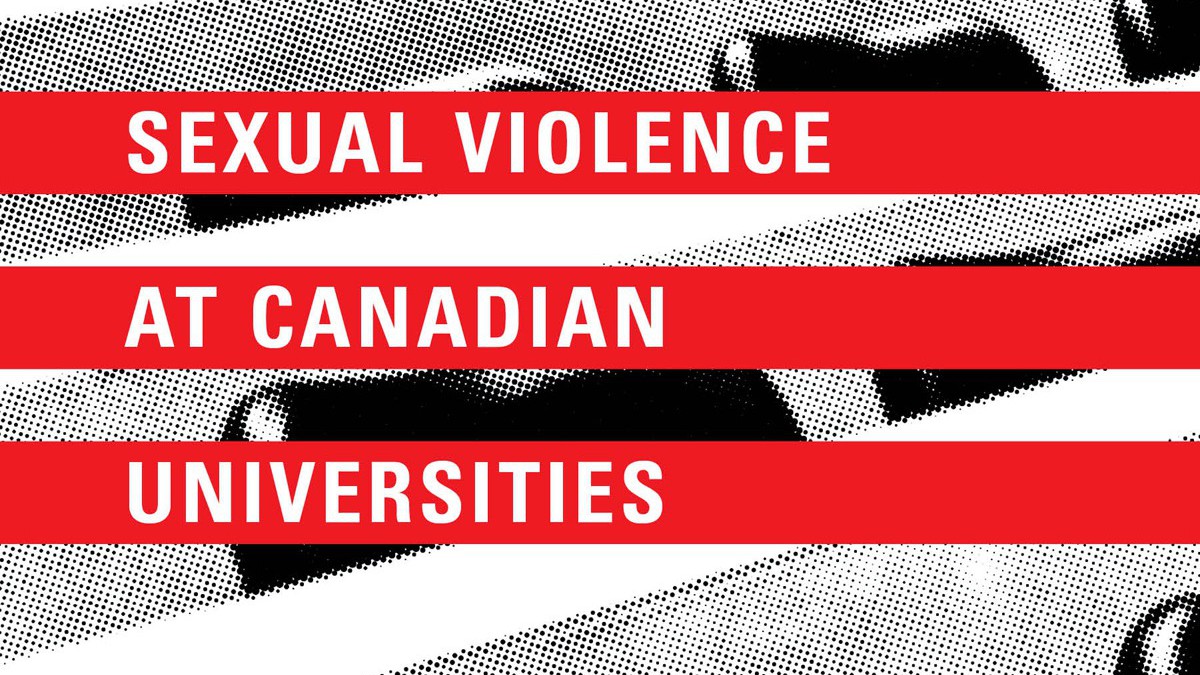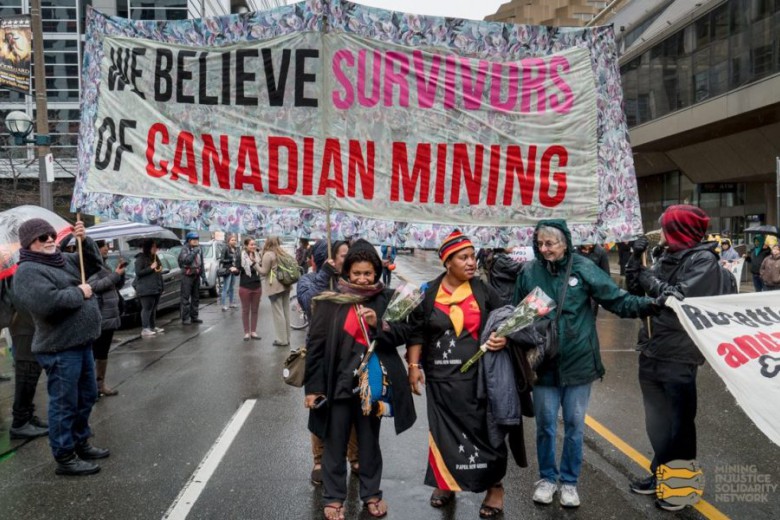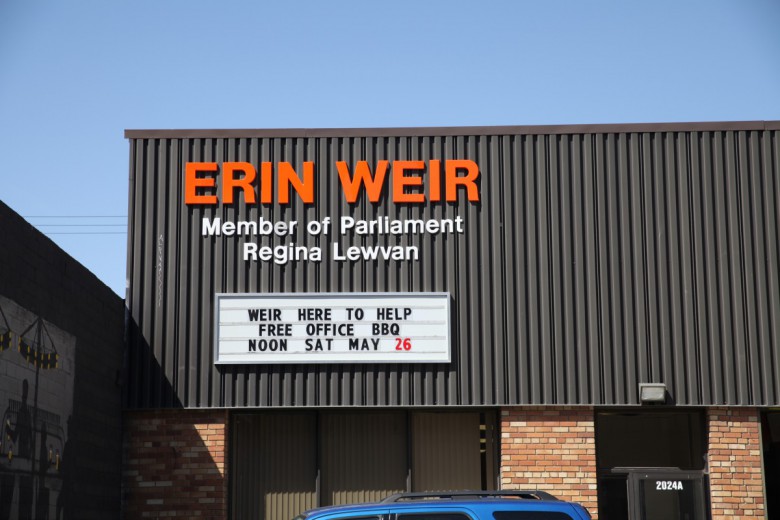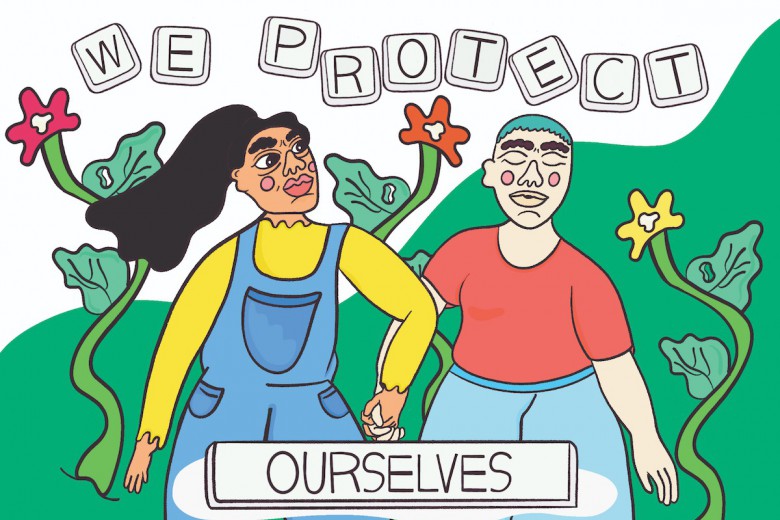Sexual Violence at Canadian Universities: Activism, Institutional Responses, and Strategies for Change is an edited collection that took shape as the conversation surrounding sexual violence hurtled toward an unprecedented climax. Conceived prior to – and written during the unfolding of – landmark events like the Ghomeshi allegations, the Saint Mary’s University frosh week rape chants, and legislation directing universities to respond to sexual violence, the book offers insight into the evolving landscape of sexual violence in Canadian universities, and Canadian society more broadly. Published half a year before the Weinstein scandal and #MeToo, it incorporates a nuanced definition of sexual violence that encompasses sexual assault and sexual harassment both online and in person, as well as broader systems of violence, such as toxic masculinity and rape culture.
The collection opens by exploring the “impacts, voids, and institutional betrayals” of campus sexual violence. This is the chapter of the collection with the most thorough contextualization of university responses (or lack thereof) to sexual violence within wider systemic racism, classism, colonialism, and neoliberalism.
Editor and contributor Elizabeth Quinlan provides a valuable analysis of the impact of university corporatization on responses to campus sexual violence. While increasingly image-conscious universities can be nudged into action by a scandal, “cost-benefit logic dissuades [them] from implementing the wide-ranging prevention training and response supports,” writes Quinlan. Since the “returns” of such measures are difficult to quantify, “universities are reluctant to invest in preventative initiatives.”
Each incident captured media attention, launched protests, mobilized task forces, and in most cases, led to recommendations or policies that were at least a step in the right direction. But none resulted in systemic change.
Each chapter in the collection touches on an event – sometimes several – that held the potential to instigate change: frosh week rape chants at Saint Mary’s and the University of British Columbia, rape fantasies on a Dalhousie University Facebook page, and prominent cases of sexual assault at York University, the University of Ottawa, Brock University, Lakehead University, and more. Each incident captured media attention, launched protests, mobilized task forces, and in most cases, led to recommendations or policies that were at least a step in the right direction. But none resulted in wide-reaching systemic change.
In each of these instances, universities responded with limited resources and stopgap solutions. Judy Haiven describes suspensions, a report, and an “action team” following Saint Mary’s University’s rape chant, none of which prevented a similar scandal from occurring the following year. Slow-moving bureaucracy yielded delays and small-scale concessions. Task forces wrote off activists’ demands as unsustainable, immeasurable, and too costly, and made recommendations that were left by the wayside until the media frenzy forced some action. For Quinlan, this interference is symptomatic of the neoliberal and corporate university structure; for feminist activist Julie Lalonde, it is one of several obstacles and frustrations that arise in collaborations between universities and community partners.
The contributors to Sexual Violence at Canadian Universities are activists, students, and established and early-career academics; the range of experiences and perspectives among the contributors makes the book a valuable tool for activists working to combat sexual violence both within and outside of academia, as well as those thinking about how institutions enable and legitimize rape culture. Anne Forrest and Charlene Senn offer a case study of the University of Windsor’s bystander initiative, which led to the development of undergraduate courses across several disciplines designed to create “an anti-rape ethos supported by students.” The success of the initiative is attributed to the contributions of community partners and to the pre-existing structure of the curriculum to engage students of all genders and backgrounds as “change agents.”
The book is most promising not because of the way in which it looks back, but because of its lessons for the future.
The collection concludes with Elizabeth Sheehy and Daphne Gilbert’s inquiry into the lessons for Canadian universities from antiviolence policies on American campuses, particularly with respect to preventative legislation and legislation regarding reporting sexual assaults on campus. It is a particularly timely contribution that anticipates “turbulent times ahead, as the legitimacy of sexual violence policies is tested through litigation and in the court of public opinion.”
The collection casts a critical eye on what has often been a disappointing pattern of universities failing to challenge sexual violence. The book is most promising not because of the way in which it looks back, but because of its lessons for the future. Published before the antiviolence movement’s watershed moment of #MeToo, this collection provides a powerful analysis of so-called “game-changing” moments.
One of the central messages of Sexual Violence at Canadian Universities is that no one moment is transformative in and of itself: each response to a high-profile incident can effect change, but its reach will always be limited. It is only when we weave together these separate experiences that the potential for radical change can be seized. By sharing challenges, strategies, and successes, especially in the context of a university system that relies so heavily on competition and isolation, the book makes a powerful statement for the importance of solidarity in resisting sexual violence both on and off campus.







